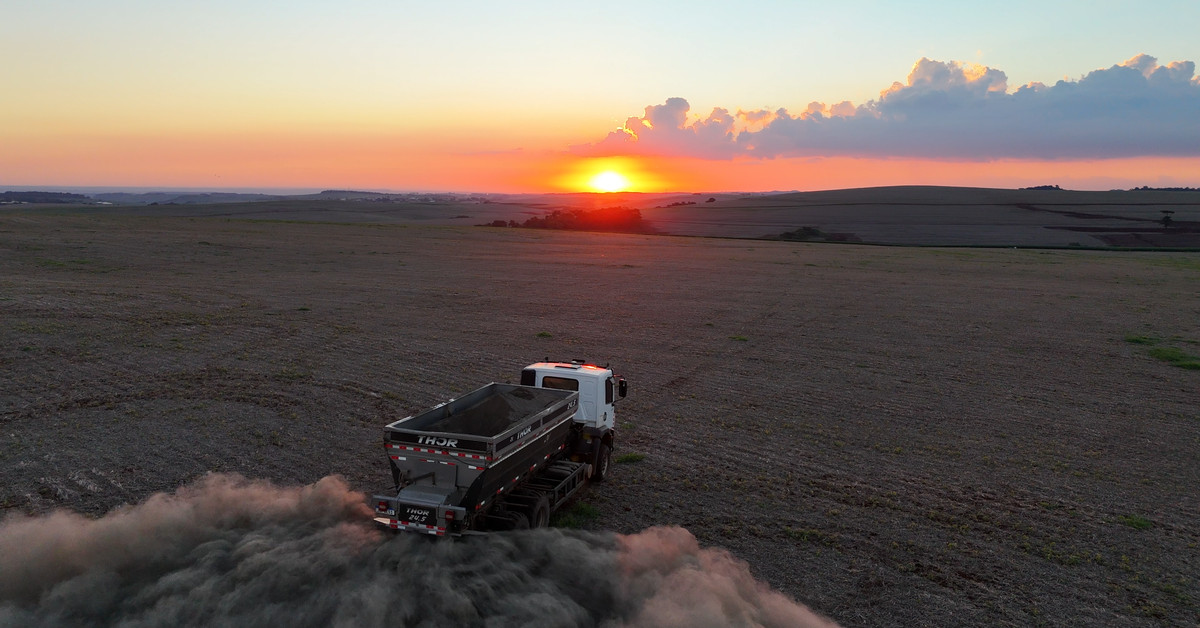The Climate Fix Tech Companies Spent Millions On Is a Simple Rock

Big Tech Tackles Climate Change: Google and Others Invest in Carbon Removal through Enhanced Rock Weathering
In a significant move towards mitigating the impact of pollution on the climate, several big companies have come together to invest in a plan that aims to trap carbon dioxide using rocks. Google, H&M Group, and Salesforce are among the companies that have collectively agreed to pay Terradot $27 million to remove 90,000 tons of carbon dioxide from the atmosphere.
A Breakthrough Technology: Enhanced Rock Weathering
Terradot’s approach to carbon removal is based on a technique called enhanced rock weathering (ERW). This strategy involves speeding up a natural process that breaks down rocks and releases calcium and magnesium ions, which then react with CO2 in the atmosphere to form bicarbonate. The bicarbonate is eventually carried away by groundwater to the ocean, where it is stored for thousands of years.
A Low-Tech Solution with High Potential
ERW is considered a relatively low-tech approach to carbon removal, but its potential is significant. Terradot’s CEO, James Kanoff, has stated that the company’s goal is to remove 90,000 tons of CO2 from the atmosphere by 2029 and an additional 200,000 tons for Google by the early 2030s.
A Partnership with Brazil
Terradot has formed a partnership with Brazil’s agricultural research agency (EMBRAPA) to use this strategy on over one million hectares of land. The company is using basalt rocks from quarries in southern Brazil and spreading them out on nearby farms, where they can be used to manage soil pH levels while also capturing carbon dioxide.
Challenges Ahead
One of the challenges facing Terradot is measuring the effectiveness of their approach. Google has acknowledged that it’s hard to measure with precision how much CO2 is removed from the atmosphere through ERW. However, the company believes that deploying this approach widely in the real world will help develop more rigorous measurement tools.
A Crucial Step towards Carbon Neutrality
While experts have expressed concerns about the costs and potential limitations of carbon removal technologies, Terradot’s approach has received support from some prominent figures in the field. Oliver Jagoutz, a professor of geology at MIT, has described ERW as "a big deal" and emphasized that it’s essential to try out new approaches to tackle climate change.
A Long-Term Solution or a Short-Term Fix?
However, many experts have cautioned against relying too heavily on carbon removal technologies. Carbon dioxide emissions from fossil fuels continue to rise, and experts agree that preventing greenhouse gas emissions in the first place is still the most effective way to combat climate change.
Google’s Commitment to Sustainability
Google has made significant commitments to sustainability in recent years. The company has announced plans to develop advanced nuclear reactors and new solar and wind farms to power its data centers with carbon pollution-free electricity. However, despite these efforts, Google’s own carbon footprint continues to grow as it builds out energy-hungry AI data centers.
A Small Step towards a Big Goal
While Terradot’s approach may not be the solution to climate change on its own, it represents an important step towards developing new technologies that can help mitigate the impact of pollution. As Kanoff has emphasized, "any of the partners we’re even thinking about working with, they have some of the most aggressive emission reduction strategies of any of the companies really in the world."